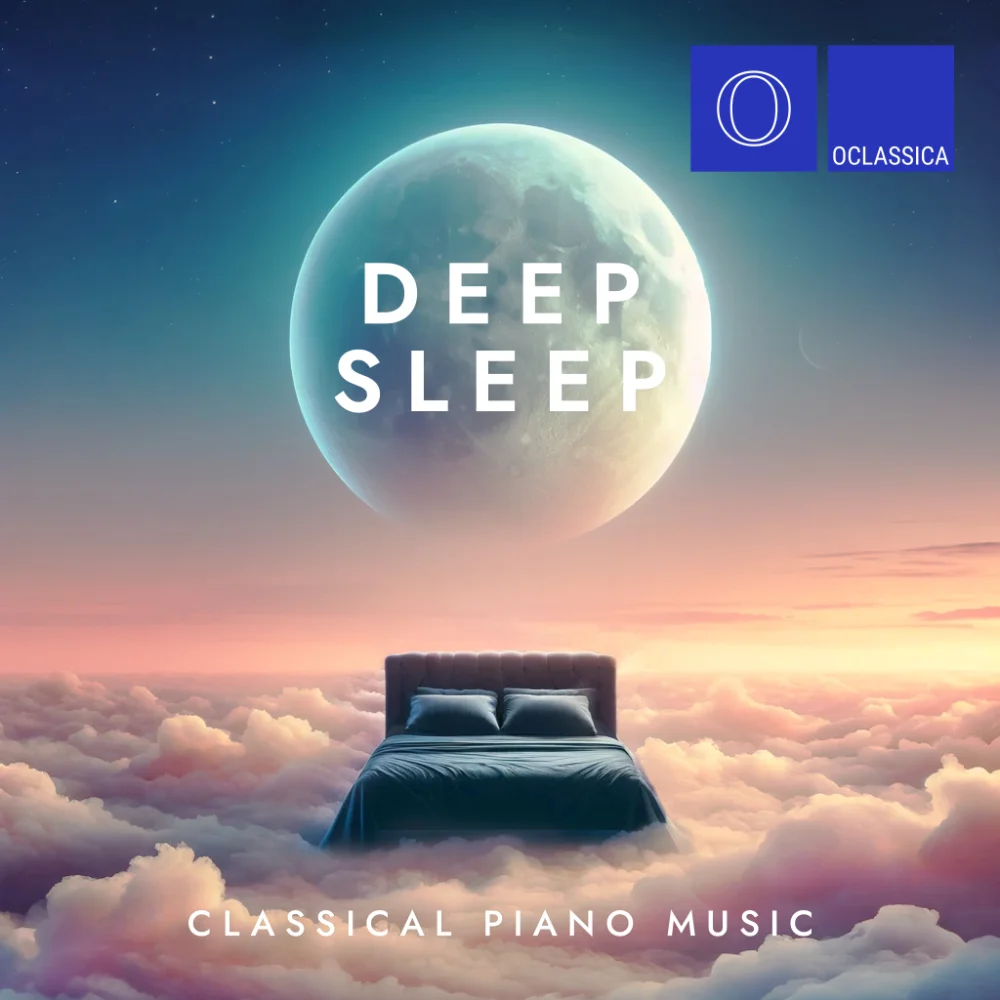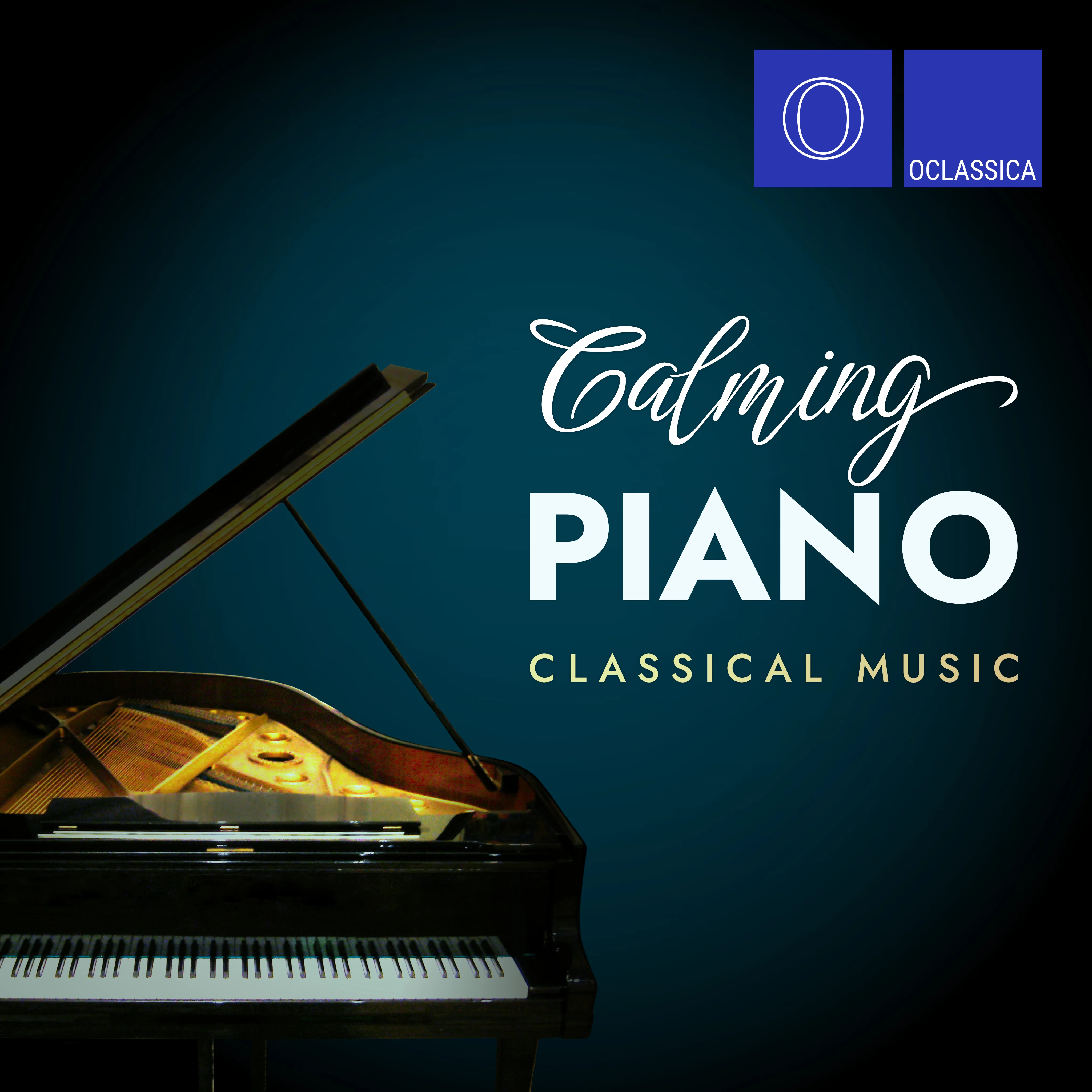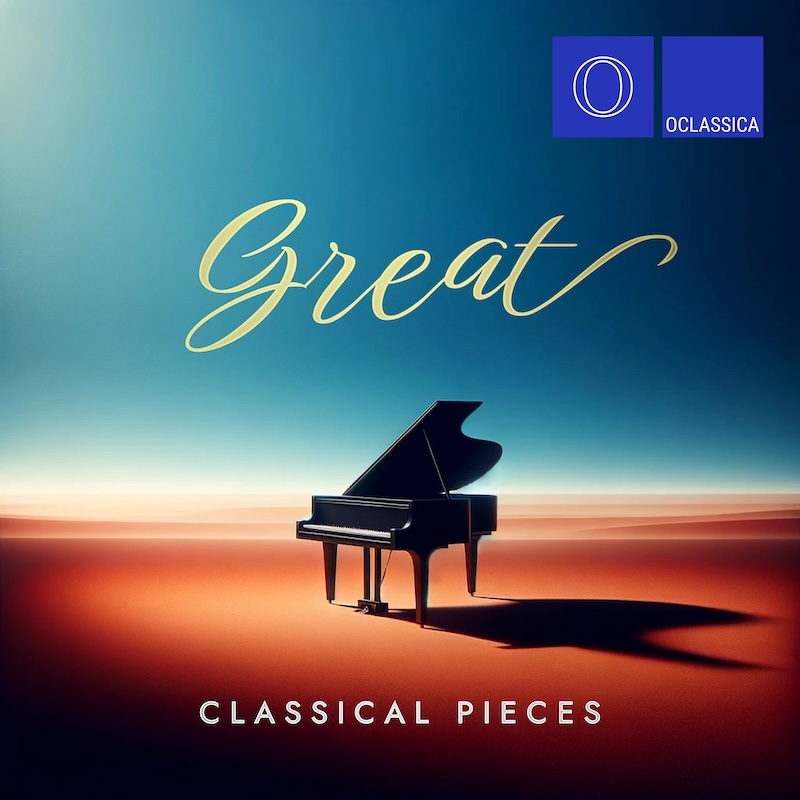How to Read Music Notation
This course is designed for beginners who want to understand the basics of musical notation. By the end of the course, you’ll be able to read sheet music, identify notes, rhythms, and understand key elements such as time signatures and dynamics.

Course plan
Module 1: Introduction to the Music Staff
- Lesson 1.1: What is the Music Staff?
- Learn about the five lines and four spaces.
- Understand how notes are placed to indicate pitch.
- Lesson 1.2: The Treble and Bass Clef
- Treble Clef: Learn the lines (E, G, B, D, F) and spaces (F, A, C, E).
- Bass Clef: Learn the lines (G, B, D, F, A) and spaces (A, C, E, G).
Module 2: Musical Notes and Pitches
- Lesson 2.1: Note Names and Pitches
- Introduction to notes A–G and their repetition in octaves.
- Placement of notes on the staff.
- Lesson 2.2: Ledger Lines
- Learn about notes beyond the standard staff using ledger lines.
Module 3: Rhythm and Note Values
- Lesson 3.1: Whole Notes, Half Notes, and Quarter Notes
- Understand note durations and how to count them.
- Lesson 3.2: Eighth Notes, Sixteenth Notes, and Dotted Notes
- Learn faster note values and how to count them.
- Understand dotted notes and their extended durations.
Module 4: Time Signatures
- Lesson 4.1: Understanding Time Signatures
- Explanation of time signatures (e.g., 4/4, 3/4, 2/4).
- Lesson 4.2: Counting Beats and Measures
- Practice counting beats in various time signatures.
Module 5: Rests and Silence in Music
- Lesson 5.1: Understanding Rests
- Learn about whole, half, and quarter rests and their durations.
- Lesson 5.2: Applying Rests in Music
- Practice incorporating rests into rhythm and timing.
Module 6: Sharps, Flats, and Naturals
- Lesson 6.1: Understanding Sharps and Flats
- Learn how sharps (♯) and flats (♭) alter notes by a half step.
- Lesson 6.2: Natural Notes and Accidentals
- Introduction to the natural (♮) symbol to cancel sharps and flats.
Module 7: Key Signatures
- Lesson 7.1: What is a Key Signature?
- Learn how key signatures define the sharps/flats for a piece.
- Lesson 7.2: Major and Minor Keys
- Understand the emotional difference between major and minor keys.
Module 8: Dynamics and Articulations
- Lesson 8.1: Dynamics in Music Notation
- Learn symbols like piano (p), forte (f), crescendo, and diminuendo.
- Lesson 8.2: Articulations in Music
- Understand staccato, legato, and accents for expressive playing.
Module 9: Putting It All Together
- Lesson 9.1: Reading Simple Pieces
- Apply knowledge to simple sheet music.
- Lesson 9.2: Practice Exercises
- Reinforce learning through hands-on practice with short pieces.
Module 10: Advanced Topics
- Lesson 10.1: Triplets and Syncopation
- Introduction to complex rhythmic patterns like triplets and syncopation.
- Lesson 10.2: Compound Time Signatures
- Learn 6/8, 9/8, and 12/8 time and their unique rhythms.
Course outcomes
By completing this course, you’ll understand the fundamentals of reading music notation. You’ll be able to recognize notes, rhythms, and key elements like dynamics and articulations. Most importantly, you’ll have the confidence to apply these skills to sheet music, setting the stage for continued musical growth.
This course is designed for beginners who want to learn how to read music notation. No prior experience in music is necessary.
No, you don’t need to know how to play an instrument. The course focuses on reading music notation, which can be applied to any instrument or voice.
You will learn the fundamentals of music notation, including: understanding the music staff, clefs, and note placement, reading rhythms, time signatures, and rests, interpreting dynamics, articulations, and key signatures, applying your knowledge to read and play simple pieces.
The duration depends on your pace, but most students complete the course in 6–8 weeks with regular practice.
No special materials are required, but having access to a keyboard, piano, or music notation software can help reinforce your learning.
Yes! This course is perfect for anyone interested in music, whether you’re a complete beginner or someone looking to refresh your knowledge.
The course focuses on foundational skills. By the end, you’ll be able to read and understand simple pieces and will have the tools to build on this knowledge to tackle more complex music.
The course is designed with beginners in mind, and concepts are broken down into manageable lessons. Revisit lessons, practice slowly, and focus on one skill at a time.
You can use your knowledge to: Play music on your instrument, Sing from sheet music, Compose or arrange music, Deepen your appreciation of musical performances.













